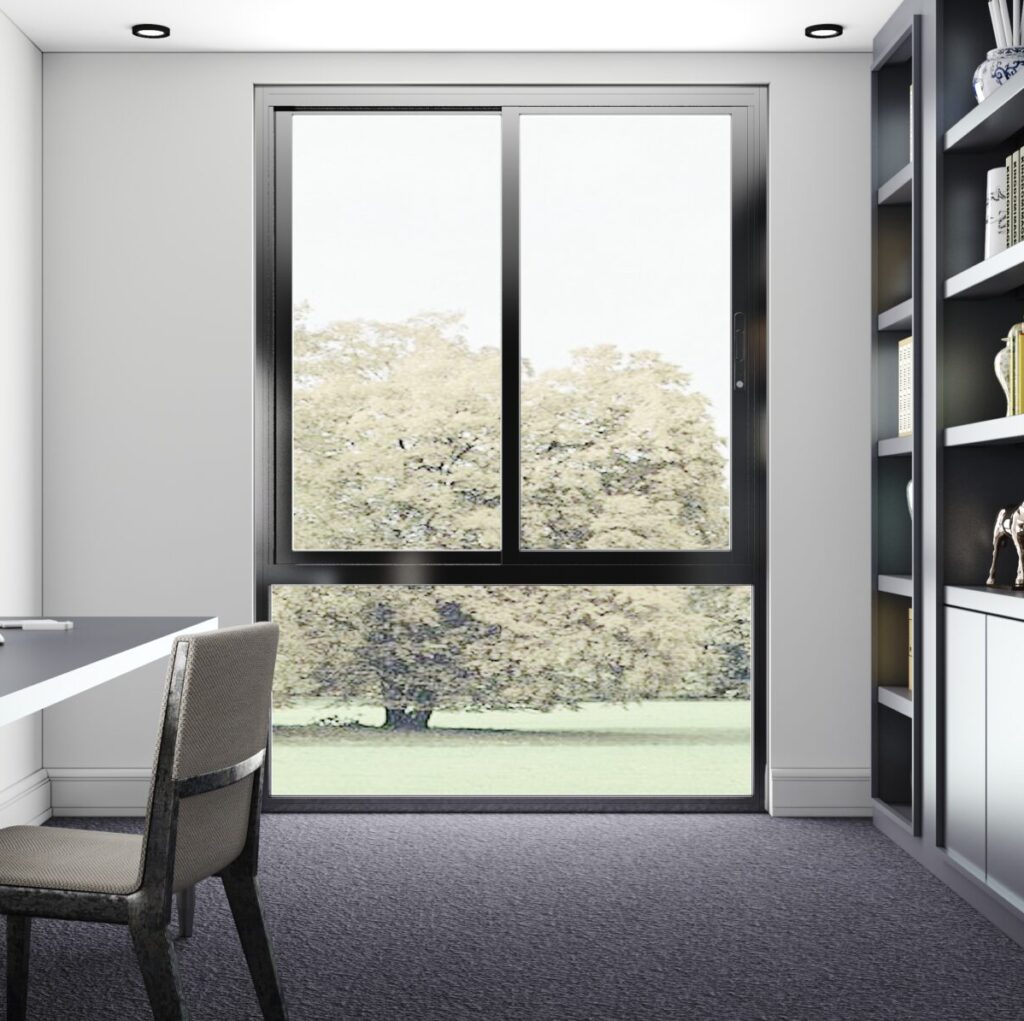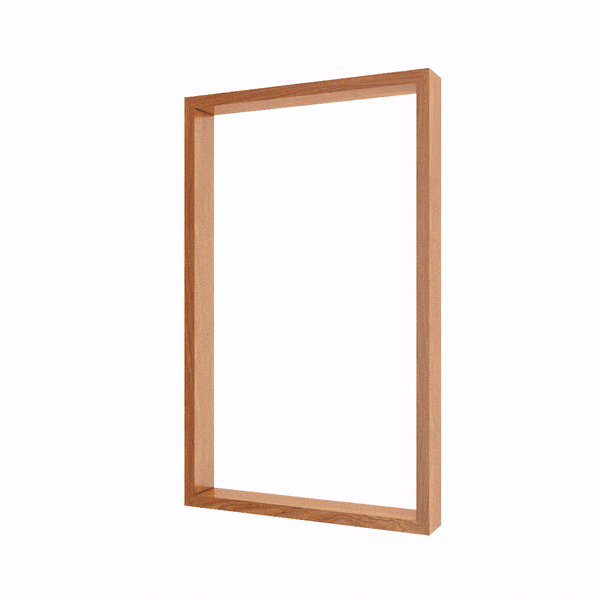When comparing architrave and gyprock return in the context of interior design and construction, you’re looking at two different methods for finishing the junctions between walls and door or window frames.
Architrave: Architraves are decorative moldings or trim that are installed around doorways and windows. They serve both a functional and aesthetic purpose, covering the gap between the wall finishes and the frame and adding a decorative element to the space. Architraves can come in various styles, from simple and sleek to intricate and ornate, depending on the architectural style of the home. They can be made from different materials, including wood, MDF, or even plaster.
Gyprock Return: This method involves finishing the edge of the gyprock so that it meets directly with the edge of a window or door frame, without any additional trim. The gyprock is cut and finished in a way that creates a clean, minimalist look. This is often used in modern designs where a sleek and simple aesthetic is desired. The gyprock return eliminates the need for traditional wooden trims or moldings around windows and doors, offering a more contemporary feel.


Aesthetic Appeal: The choice between an architrave and a gyprock return often comes down to the desired aesthetic. Architraves provide a more traditional or decorative touch, while a gyprock return offers a modern, clean look.
Installation Complexity: Fitting architraves involves cutting and fixing the trim around the frames, which can be intricate, especially with decorative patterns. On the other hand, installing a gyprock return might require more precision in finishing the plasterboard edges neatly against the frame.
Cost Considerations: The cost can vary depending on the complexity of the installation and the materials used. Gyprock returns might save on material costs for the trims but could require more skilled labour to achieve a perfect finish. Architraves might add additional costs for the trim material itself and the labour to install it.
Maintenance and Durability: Gyprock returns might be more susceptible to damage since the edge of the plasterboard is exposed. In contrast, architraves can offer some protection to the edges of walls around openings, potentially reducing wear and tear.
Choosing between architrave and gyprock return ultimately depends on the design vision, budget, and practical considerations for the space. Each option has its advantages and can significantly impact the overall look and feel of a room.
When comparing inline reveals to offset reveals in the context of window installations, we’re discussing two distinct approaches to how windows are framed and integrated into the wall structure.
Inline reveals position the window frame flush with the wall’s surface, either on the interior or exterior side, creating a seamless look. This method is favoured for its modern and minimalist aesthetic, as it provides a clean line where the window meets the wall.
Offset reveals, on the other hand, involve setting the window frame back from the wall’s surface, creating a recessed look.


1. Modern and Minimalist Aesthetic
· Sleek Appearance: Inline reveals contribute to a clean and uncluttered look by eliminating the protrusion of frames from the wall surface. This can be particularly appealing in contemporary or minimalist architectural designs, where the focus is on simplicity and smooth lines.
· Enhanced Spatial Perception: By aligning the window and door frames with the wall surfaces, inline reveals can make spaces appear larger and more open. The seamless transition between the wall and the frame minimizes visual clutter, thereby enhancing the perception of space within a room.
2. Improved Daylighting and Visual Connectivity
· Maximized Natural Light: Inline reveals can help maximize the entry of natural light into a space. With frames flush against the wall, there is often a larger glass area exposed, allowing for more sunlight to penetrate the room. This can improve the overall ambiance of the space and reduce the need for artificial lighting during the day.
· Seamless Transition Between Indoor and Outdoor Spaces: For homes that emphasize a connection with the outdoors, inline reveals can facilitate a more seamless visual and physical transition between interior spaces and the external environment. This is especially true for floor-to-ceiling windows or large sliding doors where the goal is to blur the lines between inside and outside.
3. Enhanced Energy Efficiency
· Tighter Seal: Inline reveals are designed to integrate tightly with the building envelope, contributing to improved thermal performance. The well-designed inline reveal can minimize air leaks and thermal bridging, thus enhancing the energy efficiency of the home by keeping heat in during the winter and out during the summer.
· Potential for Integrated Shading Solutions: Although inline reveals offer a minimalist look, they are also engineered to include hidden or integrated shading solutions within the wall cavity. This allows homeowners to maintain the sleek appearance of their windows and doors while still benefiting from the energy-saving and comfort-enhancing properties of shades or blinds.
When selecting materials for timber reveals around windows and doors, both MDF (Medium Density Fiberboard) and primed pine are popular choices. MDF might be the preferred option for most window suppliers due to its cost-effectiveness, but primed pine could be the better choice for its durability. Here’s a comparison of the two materials in this specific application: